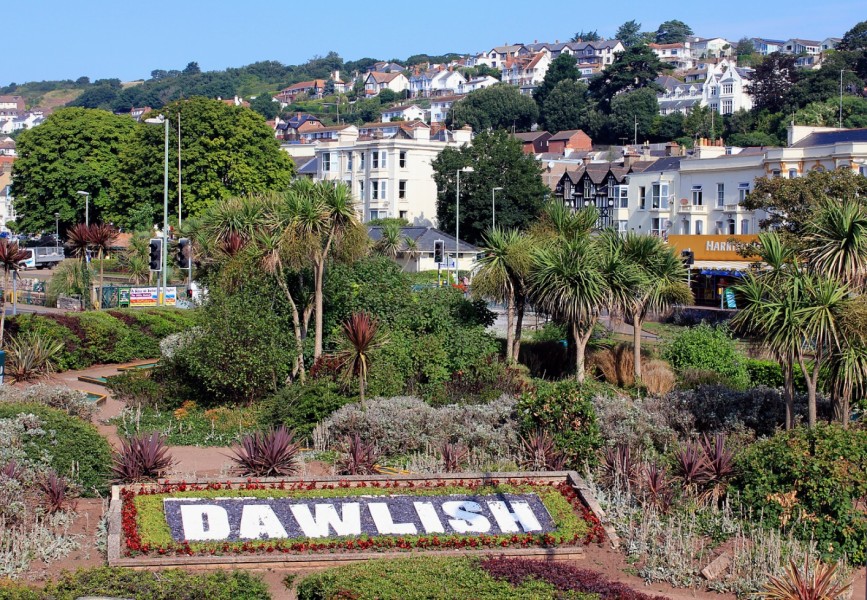Anyone dreaming of owning a home on England’s South Coast must be prepared to pay a premium for the privilege of living beside the sea. This is according to the 2016 Waterfront View, from global property consultancy Knight Frank, which finds that the cost of prime coastal homes can be up to 71% higher than comparable houses located just a mile inland.
Using data from the Land Registry based on sale volumes and prices going back to 1995, the report reveals that locations on the Devon, Dorset and Cornwall coast have outperformed the wider property market over the past two decades and will continue to do so over the longer term.

Illustrating the findings with a coastal hotspot heat map, Knight Frank finds that the Devon town of Croyde tops the list in terms of property price growth, outperforming the market by an annual average of 4.1%. Over the course of 20 years, this equates to a cumulative figure 122% higher than that of the wider area.
Moreover, Croyde has seen house prices more than quadruple over the same period, rising by 432% compared to a rise of 310% for inland properties. Croyde is followed on the list of villages and small towns by Carlton Bay where the average annual premium stands at 3.1%. Other smaller locations outperforming the wider market are Appledore, Lympstone and Yelland, all with an average premium of 2.9%.
When it comes to medium sized towns, Christchurch leads the way on 4.1%, followed by Hayle, Shaftsbury and Swanage. The best performing location among the larger towns and cities in the region is Bournemouth, followed by Poole, Exeter, Plymouth and Torquay.
Other coastal locations outperforming the wider market include Padstow, Falmouth, Salcombe and Rock, all of which have done so by an average of 2% since 1995.
The appeal of the seaside lifestyle means that demand for coastal properties is high, with the market attracting buyers from all walks of life. These include both upsizers and downsizers, along with families and individuals searching for second or holiday homes in the three counties.
While the short term outlook for the wider UK property market remains uncertain following April’s increase in stamp duty on additional properties – along with the recent referendum decision to leave the EU - Knight Frank remains upbeat about the longer term prospects for the South Coast waterfront market.
The immediate impact of the stamp duty hike might result in a downturn in transactions, particularly as many buyers brought forward purchases ahead of the introduction of the measure. Consequently this may have an impact on pricing, creating opportunities for buyers longing for the coastal lifestyle. Over the longer term, however, the property consultants forecast that once the stamp duty changes are priced into the market, transaction volumes will begin to rise again.









